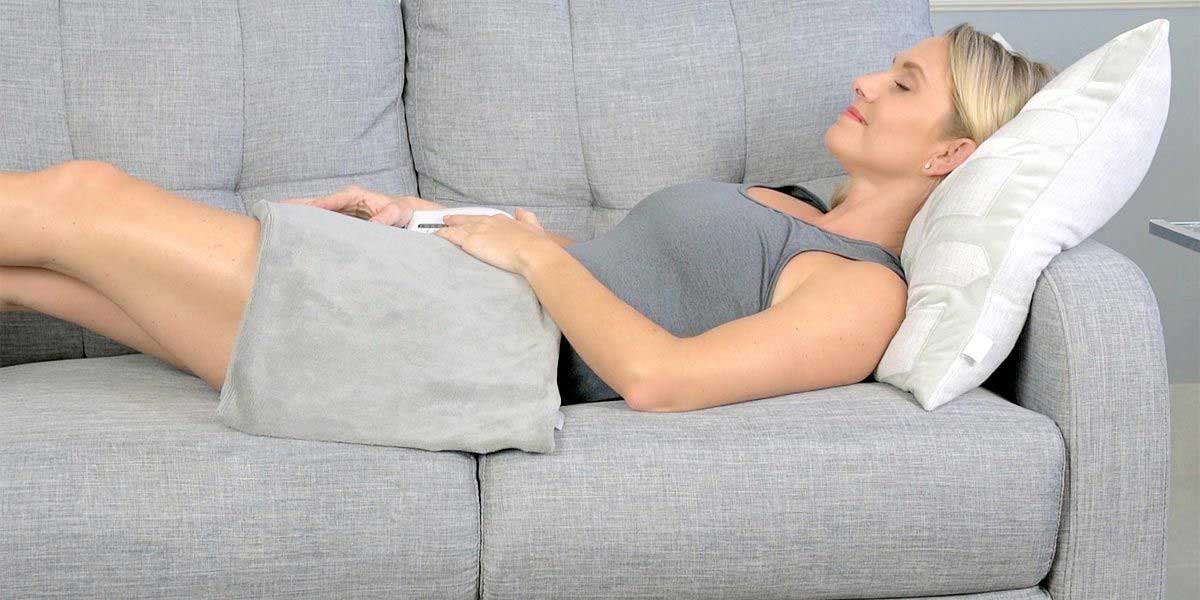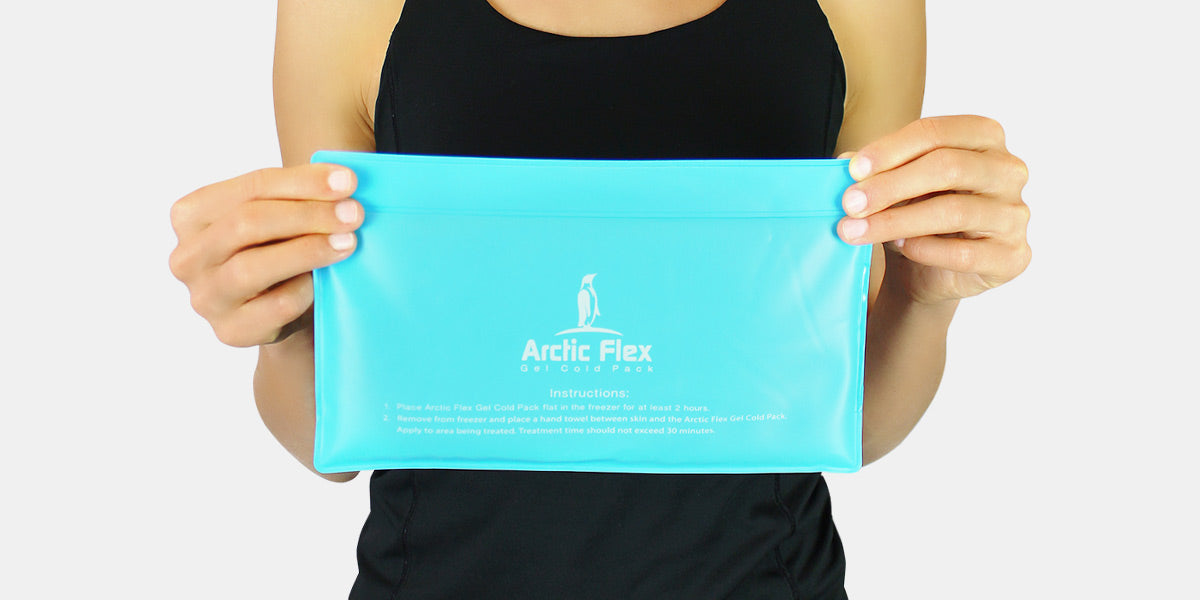Rheumatoid arthritis (RA) is one of the most common forms of arthritis, affecting approximately 1.5 million people in the United States. This autoimmune disease causes painful and swollen joints, fatigue, and inflammation in other parts of the body. There is no cure for RA, but people with the condition can manage symptoms through medications, lifestyle changes, and home remedies. In this post, we tell you all you need to know about rheumatoid arthritis.
What is Rheumatoid Arthritis?
RA is a chronic inflammatory condition. It can affect one or more joints in the body, including the hands, wrists, knees, and ankles. Typically, smaller joints, such as those found in your hands and feet, are affected by rheumatoid arthritis first.
Some people experience problems with other areas of the body as a result of their chronic rheumatoid arthritis. For example, it can cause dry and irritated eyes and gums, lumps on the skin, scarring of the lungs, and issues with blood vessels and blood cells.
Osteoarthritis VS Rheumatoid Arthritis
Osteoarthritis (OA) is another form of arthritis. It’s more common than RA and affects over 30 million US adults. Osteoarthritis results from the breakdown of cartilage and bone within a joint and is usually associated with typical aging.
Rheumatoid arthritis is an autoimmune disorder that causes swelling in the lining of the joints. Over time, RA leads to the breakdown of bone and can cause visible deformity in your joints. This form of arthritis most commonly occurs in women between the ages of 30 and 60, but it can also affect older men.
Rheumatoid Arthritis Causes and Risk Factors
Like other autoimmune conditions, rheumatoid arthritis happens when the body’s immune system mistakenly attacks its own tissue. In the case of RA, the immune system attacks the synovium, the lining of the membranes around the joints.
The cartilage and bone within the joint eventually begin to break down, and the tendons and ligaments become weak and stretchy. The joint loses shape and moves out of alignment, causing pain, stiffness, and other complications.
Experts don’t fully understand why the immune system malfunctions this way, but the following factors likely play a role:
- People with a specific genetic marker called the HLA shared epitope are five times more likely to develop RA than others. Several other genes may also play a role in RA onset. However, not everyone with these specific genes develops rheumatoid arthritis, and not all RA sufferers have these genes.
- Female hormones are believed to contribute to RA development, especially since the majority of sufferers are women.
- Nearly three times as many women as men have the disease.
-
Bacterial and viral infections could trigger the condition in people who are more susceptible to it.
- People who are obese are at greater risk.
- The way the body responds to a physical or emotional trauma may increase susceptibility to RA.
- Exposure to environmental factors, such as cigarette smoke, pollution, insecticides, mineral oil, and silica may increase RA risk.
- Having a family member with rheumatoid arthritis or another autoimmune condition increases your risk.
Rheumatoid Arthritis Symptoms
The most common symptoms of rheumatoid arthritis include:
- Joint tenderness and pain, which lasts for six weeks or more
- Swollen or stiff joints
- Stiff joints upon waking (morning stiffness) or after periods of inactivity
- Fatigue
- Loss of appetite
- Low-grade fever
- Weight loss
- Deformed or misaligned joints
Rheumatoid arthritis tends to affect small joints first before symptoms spread to other joints such as the elbows, hips, and shoulders. Usually, RA affects the same joints on both sides of the body. For example, both wrists will become swollen and stiff.
Approximately 40 percent of people with RA will also have other signs and symptoms of inflammation such as:
- Anemia
- Dry, red, or sensitive eyes
- Dry mouth
- Gum irritation or infection
- Shortness of breath due to inflamed or scarred lungs
- Skin or nerve damage due to inflamed blood vessels
- Small lumps on the skin over areas of bone, known as rheumatoid nodules
The signs and symptoms of rheumatoid arthritis usually vary in severity or come and go. When symptoms are severe, it’s known as a flare-up or flare. During periods of remission, symptoms die down.
Rheumatoid Arthritis Diagnosis
To diagnose rheumatoid arthritis, your doctor may carry out a blood test, physical examination, and imaging tests. Bear in mind that RA symptoms mimic other diseases, so diagnosis—especially in the early stages—can be difficult. Unfortunately, there is no definitive rheumatoid arthritis test.
Physical Examination
During a physical check-up, your doctor will look for swollen, hot, stiff, or red joints. They will ask about your symptoms and levels of pain.
Blood Tests
Your doctor will probably take a sample of blood to check for the presence of several components that indicate rheumatoid arthritis. They may look for:
- an elevated erythrocyte sedimentation rate
- C-reactive protein (CRP)
- rheumatoid factor
- anti-cyclic citrullinated peptide (anti-CCP) antibodies
Imaging Tests
If your doctor suspects you have RA, they may order a series of X-rays to track the progression of joint damage. A Magnetic Resonance Imaging (MRI) is a test that can be done to show inflammation and disease severity.
Rheumatoid Arthritis Treatment and Management
For most people, treatment typically involves both medications and natural remedies for rheumatoid arthritis. There is no cure, but early intervention with medication can achieve good rates of remission. Home remedies help ease symptoms during flares, encourage remission, and allow people to manage complications of the disease.
Hot and Cold Therapy
 See how a heating pad can alleviate aches and pains in minutes! ( See Product )
See how a heating pad can alleviate aches and pains in minutes! ( See Product )
Alternating hot and cold therapy is a simple yet effective strategy for managing both pain and inflammation. Using a heating pad to alleviate pain and loosen up tense muscles is an easy and effective home remedy. Follow this with an ice pack to bring down swelling and reduce muscle spasms. Learn more about hot and cold therapy here.
 Cold therapy is ideal for reducing swelling and short-term pain. ( See Product )
Cold therapy is ideal for reducing swelling and short-term pain. ( See Product )
Rheumatoid Arthritis Exercises
Although it can be difficult to exercise when in pain, gentle activity can improve your symptoms and your mood. Try walking, swimming, or water aerobics. Tai chi is another great activity that can offer those with RA better flexibility and stress relief. For hand-specific exercises, try using hand exercise balls or therapy putty to improve strength and mobility.
 Hand exercise balls make at-home workouts a breeze. ( See Product )
Hand exercise balls make at-home workouts a breeze. ( See Product )
Avoid exercising when your joints are very inflamed or tender, and never do any moves that cause pain. Speak to your doctor before you try any new activity.
 Try therapy putty for a fast and fun workout you can take anywhere. ( See Product )
Try therapy putty for a fast and fun workout you can take anywhere. ( See Product )
Rheumatoid Arthritis Therapy
If your symptoms are severe and interfere with your daily life, you may wish to see physical or occupational therapy. Both therapies can teach you exercises to help you maintain flexibility and lead an active life. They can also show you new ways of carrying out daily tasks to reduce stress and strain on your joints.
Adaptive Equipment
 Adaptive utensils are easy to grip, even for those who suffer from severe arthritis. ( See Product )
Adaptive utensils are easy to grip, even for those who suffer from severe arthritis. ( See Product )
Adaptive devices help people carry out their daily tasks with less pain. For example, an easy-grip utensil set is ideal for those with arthritic hands, while placing foam tube grips on toothbrushes, pens, and many other household items make life easier.
 Button hooks are an excellent way for those with limited dexterity to get dressed. ( See Product )
Button hooks are an excellent way for those with limited dexterity to get dressed. ( See Product )
Button hooks and dressing sticks allow people to get dressed and undressed without help from others.
Rheumatoid Arthritis Diet and Supplements
Following an anti-inflammatory diet can bring surprising benefits to people with rheumatoid arthritis. Focus on plant-based foods such as fruits, vegetables, beans, lentils, and whole grains. High-fiber foods like these reduce inflammation.
Just one-third of the diet should comprise of lean meat, dairy, and eggs. Fatty fish, like herring, salmon, and trout, are important because they contain omega-3 acids that have an anti-inflammatory effect. Flaxseeds and chia seeds also contain omega-3. Alternatively, take an omega-3 supplement made from algae or fish oil.
Other needed foods and supplements for RA include selenium (found in oysters and Brazil nuts), extra-virgin olive oil, and vitamin D from fish and fortified cereals and drinks. Avoid processed or fried foods as these make inflammation worse. You should also address signs of poor digestion that could be exacerbating your condition.
Acupuncture For Rheumatoid Arthritis
You might find that regular acupuncture sessions offer relief from arthritis. Acupuncture is a type of traditional Chinese medicine that involves placing thin needles into specific parts of the body. It is widely used for pain relief, although studies on its effectiveness are mixed. Nonetheless, acupuncture is a safe option for those who wish to try it.
Rheumatoid Arthritis Medication
Typically, your doctor will prescribe medications to help manage your symptoms. Some of the most popular RA medications include nonsteroidal anti-inflammatory drugs (NSAIDs) for pain and inflammation and disease-modifying antirheumatic drugs (DMARDs) to slow RA progression and prevent joint damage. For some people with rheumatoid arthritis, injections of corticosteroids can reduce swelling, pain, and joint damage in the short-term.
Rheumatoid Arthritis Surgery
Your doctor may recommend surgery if medications are not effectively preventing joint damage. Surgery can repair damaged joints and correct deformities. Types of RA surgery include a synovectomy to remove the inflamed lining of the joint, tendon repair to fix ruptured tendons, and joint fusion to stabilize misaligned joints. In severe cases, joint replacement may be necessary. This involves removing a damaged joint and inserting a metal and plastic prosthesis instead.














Leave a comment